The Wild History of LSD
While hallucinogens such as mescaline and magic mushrooms impacted 20th-century psychotherapy and popular culture, no psychedelic was as influential or disruptive as LSD. Since its serendipitous discovery, LSD has produced healing and joy, but also controversy and occasionally exploitation. One thing is for sure: its history has never been boring.
Synthesis: Albert Hofmann
In the 1930s, Swiss pharmacologist, Albert Hofmann, worked at the Sandoz laboratory in Basel, Switzerland, to produce beneficial compounds derived from the rye fungus, ergot. Sandoz had been working on ergot derivatives for some years, with its chemists isolating ergotamine, a drug still sometimes used for migraines today, in 1918.
Ergot had been a double-edged sword in Medieval and Renaissance Europe. It helped ease the process of childbirth and its vasoconstrictive properties reduced post-birth bleeding, though with dangerous side effects. These same properties meant that if people consumed contaminated grain, the result was sometimes widespread poisoning and death.
Hofmann was working to isolate a beneficial compound found in ergot, ergobasine, for further medical use in obstetrics. He continued working with lysergic acid compounds in search of other interesting pharmacological properties. In 1938, he produced the twenty-fifth substance in a series of lysergic acid derivatives. Its official name was lysergic acid diethylamide, abbreviated as LSD-25.
In the initial testing, Hofmann and his team set out to discover its effect on the uterus. Although it has a significant impact, it was only 70% as effective as ergobasine. The research report also noted the restlessness of the experimental animals while on LSD-25. This restlessness didn’t arouse any particular interest, and Hofmann moved on with his investigations.
In the years that followed, Hofmann was successful in creating other ergot-derived medications. Despite this, he could not let LSD-25 go, feeling it could have other properties that he’d missed. So, in the spring of 1943, he repeated his earlier synthesis.
In the final step of this chemical process, Hofmann got his first hint of LSD’s potency. On April 16, as he was purifying the sample, he was interrupted by unusual sensations: restlessness, a dreamlike state, and closed-eye visuals of kaleidoscopic patterns. What had caused this? He reasoned that he must have accidentally ingested some of the chemical. Due to the toxicity of ergot compounds, Hofmann ran a meticulously neat lab. So he knew it must have been a microscopic trace of LSD-25 that led to these effects. How strong was it?
On April 19, 1943, armed only with his lab journal, Hofmann decided to test this substance on himself. He settled on taking 250 micrograms, thinking that this would be barely noticeable. He couldn’t have been more wrong.
Within two hours of embarking on this experiment, he was getting far more than he bargained for. Overwhelmed, disoriented, and feeling utterly out of his depth, he asked his lab assistant to bring him home. Because of the wartime restrictions on vehicle use, they journeyed through Basel by bicycle, inaugurating what would come to be known as ‘Bicycle Day’.
Once he had somehow made it home, Hofmann feared he was losing his sanity or even his life. Familiar objects in his living room, once friendly, turned into demonic, grotesque forms. Even worse were the changes Hofman perceived in himself. He became consumed by a demon. It triumphed over his will. He did not know if he had died, or gone to another world, or another time.
As he passed the peak of the experience, his sense of dread lessened. He would later recount that he began to enjoy the visuals that appeared when he closed his eyes: “Kaleidoscopic, fantastic images surged in on me, alternating, variegated, opening and then closing themselves in circles and spirals, exploding in colored fountains, rearranging and hybridizing themselves in constant flux.” By the next day, Hofmann had recovered from his experience, aware that he’d made a momentous discovery.
Hallucinogens as therapy 1940-1970
After the end of World War II, LSD appeared to get off to a promising start. By 1947, Sandoz had completed safety trials, and in the late ’40s and early ’50s, psychiatrists such as Werner Stoll had begun experimenting on both themselves and patients.
Because of the psychoactive effects of LSD, researchers initially thought that LSD replicated the symptoms of schizophrenia and psychosis. Much of the initial research carried out in American medical centers focused on LSD’s ability to mimic the effects of mental illness. Once researchers sampled it for themselves, they realized that the impacts of LSD and its potential therapeutic applications were further reaching than they had previously thought.
As the 1950s progressed, the focus of LSD research continued to explore its potential as an aid to psychotherapy, particularly in treating alcoholism. In one study, Humphrey Osmond, M.D. gave LSD to Bill W., the co-founder of Alcoholics Anonymous. Around 50% of Osmond’s research subjects altogether quit drinking or significantly reduced consumption.This success rate was approximately ten times as effective as AA without psychedelic therapy. Working at the Weyburn Mental Hospital in Saskatchewan, Osmond would eventually treat around 2,000 patients with similar levels of success.
Osmond also researched the therapeutic potential of mescaline, leading him to administer it to Aldous Huxley and supervise the experience that would become the basis for The Doors of Perception. In a later exchange between the two men, Osmond coined the most enduring term for hallucinogenic drugs: “To fathom Hell or soar angelic, just take a pinch of psychedelic.”
Over the ’50s and early ’60s, psychedelic clinics had sprung up around Europe and the US. During this time, as many as 40,000 people were prescribed LSD to treat addiction, schizophrenia, and PTSD. Though LSD was yet to hit mainstream consciousness in the early ’50s, its therapeutic use made inroads into Hollywood with the opening of the Psychiatric Institute of Beverly Hills, where the wealthy and well-connected could undertake LSD sessions for $100 per visit (almost $900 in today’s money).
At this facility, film star Cary Grant famously underwent an estimated 100 LSD treatment sessions between 1958 and 1961, crediting them with finally making peace with his past. Grant is rumored to have been the person to bring LSD to Timothy Leary’s attention (more about him later), but this is hard to confirm.
Despite LSD’s power to open people’s minds to new possibilities, some of its use during this period was heavily focused on enforcing society’s ideals of what was “normal”. Nowhere was this more apparent than the drive to “cure” homosexuality using psychedelics. This application of LSD therapy ultimately failed to “convert” patients to heterosexuality, and by the ’70s, the DSM (Diagnostic and Statistical Manual of Mental Disorders) no longer listed homosexuality as a disorder.
The CIA, MK-Ultra, and mind control
The therapeutic misuse of LSD wasn’t the only shadow gnawing at the heart of psychedelic psychiatry. From the earliest stages of psychedelic research in the US, the CIA was embarking on its own, less ethical, applications via programs such as MK-Ultra. Under this program, a poorly supervised CIA research group tested LSD for its potential as a mind-control or truth drug. Some participants were volunteers, but most were unaware that they had been dosed, and experienced varying levels of trauma. Almost all the program records were destroyed in 1973 when these abuses came to light, so we may never learn the full extent of the CIA’s wrongdoing. What we do know is that thousands of people had their autonomy and human rights severely violated in experiments that were unethical and without scientific validity.
Timothy Leary and the counterculture explosion
Exactly how LSD went from being used in therapy to widespread recreational use in the 1960s is both disputed and complex. However, by some accounts, MK-Ultra played a crucial role in expanding academic research, which then bled out into the broader community. To be sure, the impacts on culture are undeniable, particularly in music. From the Grateful Dead to Jefferson Airplane and Pink Floyd, musicians sought to articulate their psychedelic experiences. LSD would have a significant creative influence on the Beatles album Revolver and forever change their creative trajectory.
There were two primary parties promoting LSD within the American counter-cultural movement: Timothy Leary’s League for Spiritual Discovery and Ken Kesey’s Merry Pranksters.
Timothy Leary’s initial work with psychedelics was through his role as a psychology researcher at Harvard University in the early ’60s, where he and Richard Alpert (later known as Ram Dass) conducted experiments using psilocybin and psychotherapy to reduce prisoners’ likelihood of reoffending. In an indication of things to come, both Leary and Alpert failed to maintain clear teacher-student and researcher-participant boundaries where psychedelic drugs were concerned, eventually resulting in their dismissal in 1963.
Leary’s League for Spiritual Discovery focused on academic-like experiments related to mystical experiences and the raising of consciousness. While the League for Spiritual Discovery encouraged the widespread use of LSD (Tune in, Drop in, Drop out), they took few steps to ensure responsible use by those they influenced.
Ken Kesey encouraged public use of LSD through a grassroots approach. He led the Merry Pranksters on a cross-country bus trip fuelled by prodigious amounts of LSD.
Kesey and the Merry Pranksters aimed to confront the banality and conformity of American society with psychedelic-inspired spontaneity. During this experiment, Kesey and the Merry Pranksters had no boundaries with the use of psychedelics. Tom Wolfe wrote an excellent account of this ‘experiment’, which he published as The Electric Kool-Aid Acid Test.
Regardless of whether Leary or Kesey (or both) were at fault, the association between LSD and anti-war hippie countercultures set the scene for a moral panic of epic proportions, which was then shamelessly exploited by then US President Richard Nixon. Even though adverse events were rare, stories in the media of bad trips, flashbacks, and criminality had overwhelmed LSD’s previously positive image. In this environment, all LSD use, therapeutic or not, and regardless of its relative safety, was seen by governments as drug abuse.
By the mid ‘60s, LSD was well on the way towards being prohibited in most states and countries, with government-sanctioned research largely disappearing for the next 40 years. Recreational LSD use plummeted over the ‘70s as laws took effect, with MDMA taking its place in the emerging rave culture of the 1980s.
The Third Wave of Psychedelics and the return to therapy
Despite the restrictions on personal use and clinical research that went along with prohibition, LSD has been quietly moving away from its supposedly rebellious associations and returning to its therapeutic roots. Along with psilocybin and MDMA, LSD research has proliferated in the past decade.
In the past few years, researchers have investigated LSD for use in treating depression and anxiety. Many people have relayed anecdotes about psychedelics aiding their recovery from addiction and substance abuse. This has inspired researchers to return to this application, with results suggesting LSD-assisted therapy produces clinically significant benefits in treating alcoholism.
Today, LSD research, in areas ranging from alleviating chronic neurosis to how microdosing might reduce pain, is conducted at prestigious universities and medical institutions. Biotechnology and pharmaceutical corporations seeking to commercialize psychedelic therapies that use LSD or its derivatives are attracting billions of dollars from investors. Michael Pollan’s psychedelic exploration, How to Change Your Mind, was selected by The New York Times Book Review’s 10 Best Books of 2018. While it still may be prohibited for most people in most places, in many ways, LSD has never been more mainstream.
Albert Hofmann and Bicycle Days of the future
Away from clinical research, in underground psychedelic communities that are only just starting to venture into the open, commemoration of Hofmann’s discovery has grown into a date for both celebration and reflection. Psychedelic organizations worldwide host livestreams, get-togethers, and even the occasional bike ride to mark the day that a human first deliberately ingested LSD-25.
The conversations that these community events inspire are more critical than ever. Who, if anyone, should control LSD? Governments? Multi-billion-dollar corporations? When clinics like the Psychiatric Institute of Beverly Hills reappear, should people still be sent to jail for possessing LSD outside clinical contexts? Are we paving the way to a golden age of mental health and cognitive liberty, or will we repeat the mistakes of Leary and the Merry Pranksters?
Albert Hofmann called LSD his “problem child”, such was the disturbance to world views and the controversy it produced. Sometimes problem children “grow out of it”. Other times, we come to realize that they were never the problem; we were. That their eccentricity or untamable wildness is something to be cherished rather than subdued. And who knows, maybe on Bicycle Days to come, we can celebrate this most potent molecule without either moral panic or corporate hype.
Used wisely, psychedelics can be a great tool for healing. If you’re interested in microdosing and want to do it responsibly, our Microdosing Course can teach you how. We’ll guide you through the basics—then dive much deeper, helping you tailor your routine to meet your personal goals.
Disclosure: This article contains offers and affiliate links. Third Wave receives a small percentage of the product price if you purchase through affiliate links. Read our ethics and affiliates policy here.
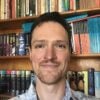
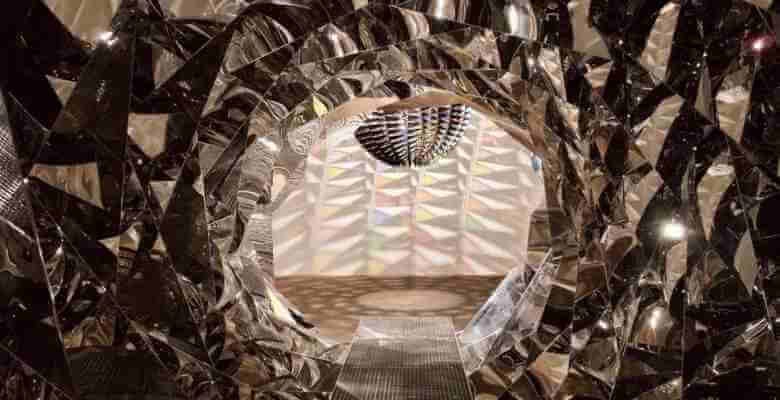
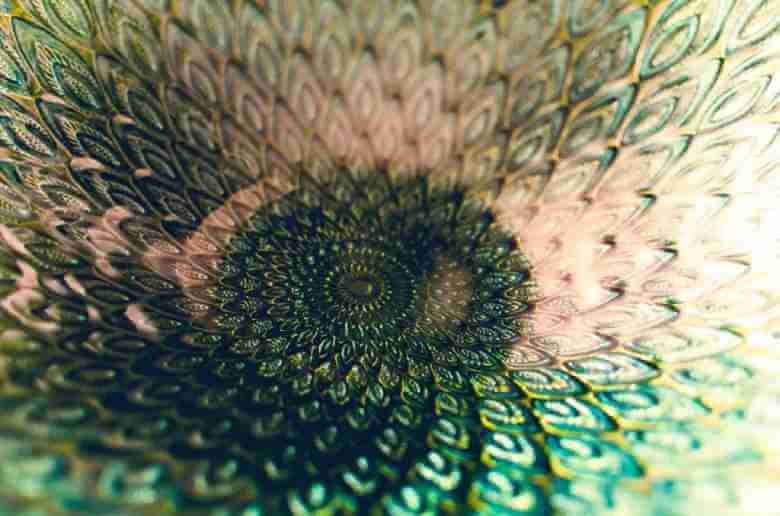

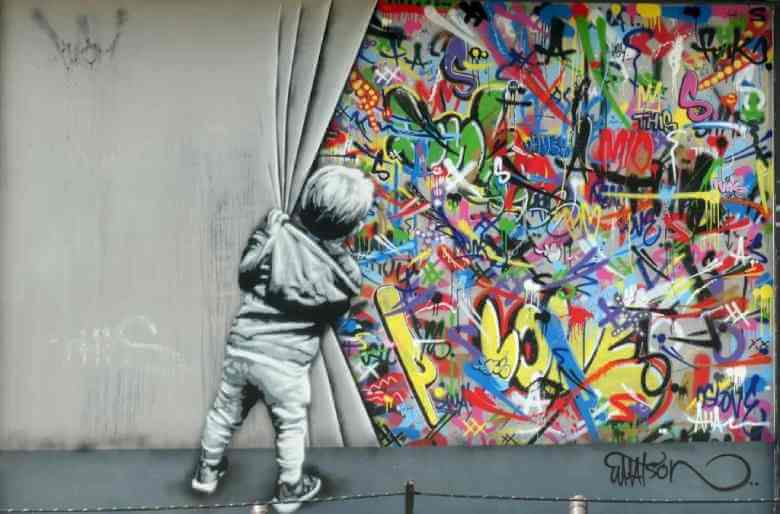

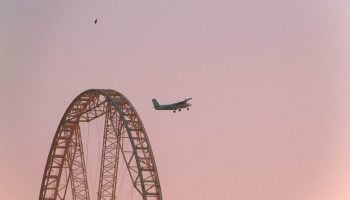
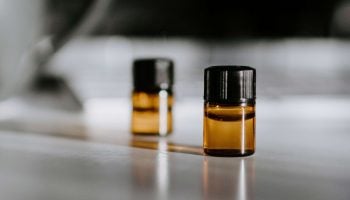
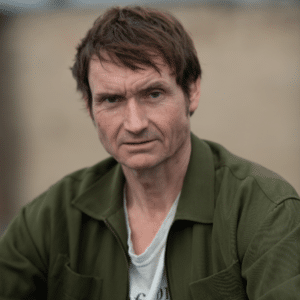
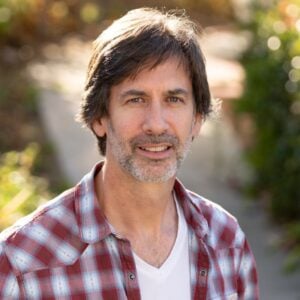
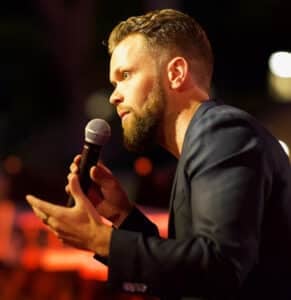
I am interested in trying LSD in micro doses, for my depression.
Hi I have major depression I would like to try lsd I have read and been told in the right dose I can get better